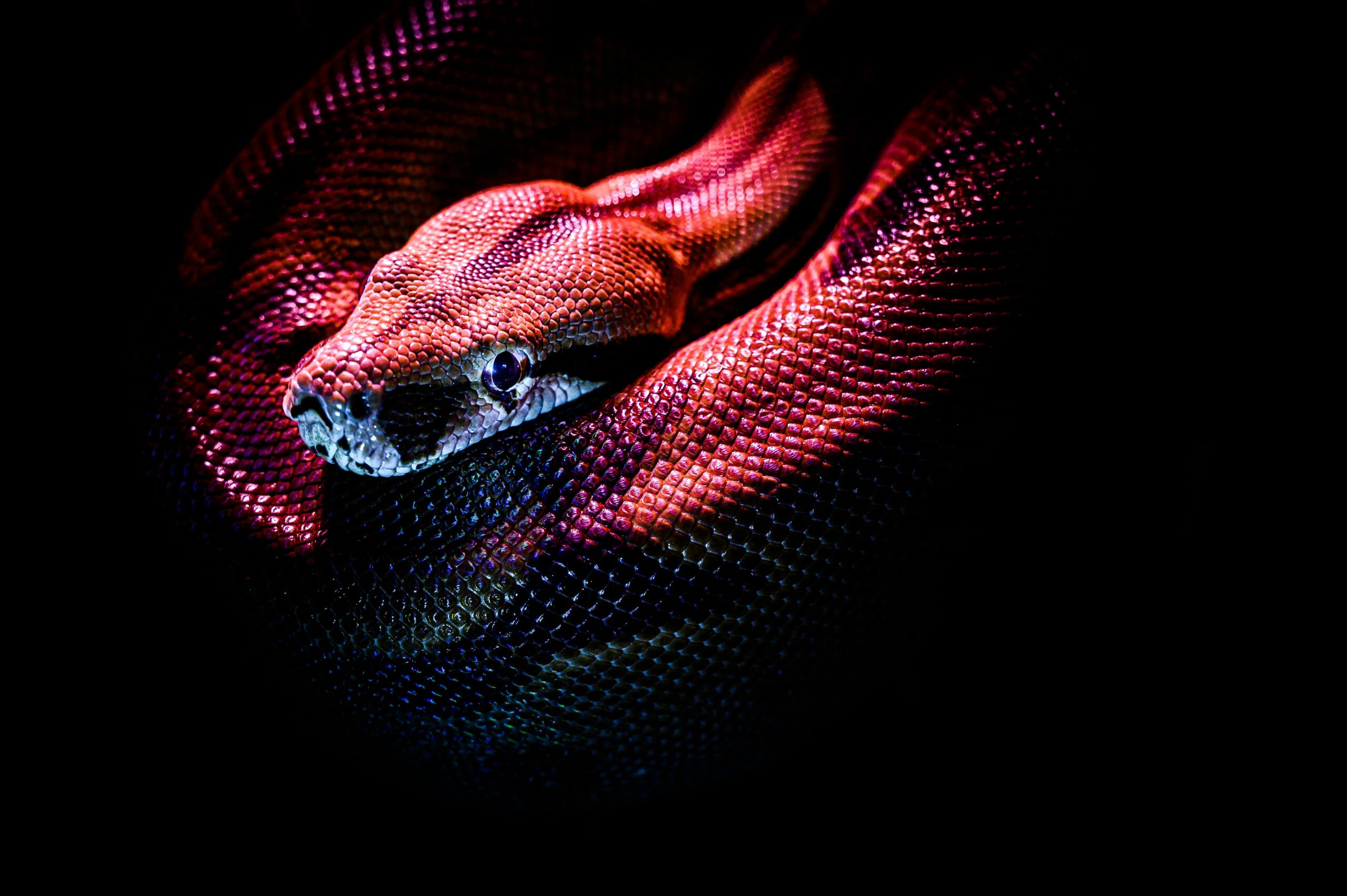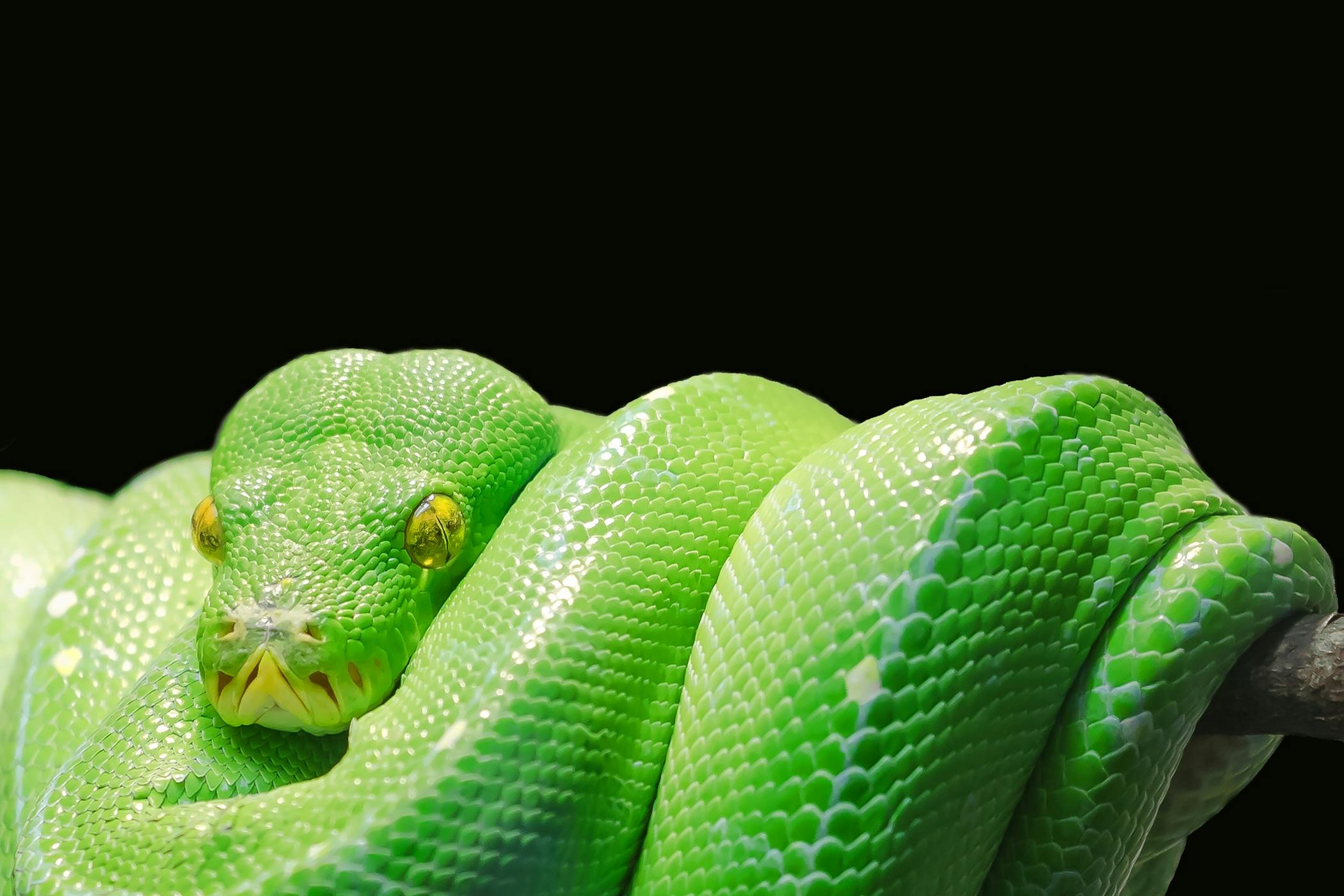Black Rat Snake Care Guide
Published: February 9th, 2024
Black ratsnakes, also known as western ratsnakes and Texas ratsnakes, have different looks depending on where they live. They can be all black with a white belly and lips, or brown to gray with a pale underside and dark blotches. Some may even be yellowish or reddish, and their belly often has a checkered pattern. They grow to be 3.56 feet long but can get as big as 8.5 feet.
These snakes are active during the day, live in trees, and are good climbers and swimmers. They’re mainly found in the central eastern United States in places like bayous, prairies, forests, and rock outcrops.
Even though black ratsnakes aren’t very common as pets, they can make good ones if you take good care of them. With the right care, they can live for 15 years or more.
If you’re thinking of getting a black ratsnake, here’s a shopping list for their enclosure:
- A 6’L x 3’W x 3’H reptile enclosure, preferably larger
- Two Zoo Med Combo Deep Dome Dual Lamp Fixtures
- Four 50w Arcadia Halogen Heat Lamps
- Two Zoo Med ReptiTemp Rheostats
- Two Zoo Med Digital Combo Thermometer Humidity Gauges
- A 34″ Arcadia Forest 6% OR Zoo Med T5 HO Reptisun 5.0 UVB bulb
- A 36″ Arcadia ProT5 OR Vivarium Electronics T5 HO fixture
- Two 22″ Arcadia JungleDawn LED Bars
- An Exo Terra Mister
- A Zilla 24/7 Digital Power Center
- Six cubic feet of coconut fiber
- At least two reptile hides/caves
- Environmental enrichment items like cork rounds, cork flats, grape wood, ghost wood, magnetic ledges, hammocks, artificial plants, and sturdy live plants
- An extralarge water bowl
- Repashy Calcium Plus
- 12″ feeding tongs
Black ratsnakes like to explore, so even though they may seem small, they need lots of room. A goodsized enclosure for one snake is 6’L x 3’W x 3’H, but bigger is even better. There are recommended enclosures available, or you can make your own if you’re up for it.
These snakes aren’t social, so keeping multiple black ratsnakes together isn’t necessary or beneficial for them. It’s best to provide a comfortable space for just one snake.

Lighting & UVB for Black Ratsnakes
Lights should be on for about 12 hours a day, but it’s better to match the local sunrise and sunset times if you can. A smart timer, like Kasa, can help with this.
UVB Lighting is good for the health of snakes. Although black ratsnakes can live without it, it’s recommended for their wellbeing. Use a Zoo Med T5 HO Reptisun 5.0 or Arcadia T5 HO Forest 6% bulb, spanning half the enclosure, on the warm side, without mesh obstruction. For best results, use an Arcadia ProT5 or Vivarium Electronics fixture. Aim for a UV Index of 2.03.0 in the basking area.
General Illumination
Black ratsnakes are active day and night, so bright illumination during the day is helpful. Use a 6500K LED or T5 HO fluorescent grow light, spanning most of the enclosure. The Arcadia Jungle Dawn LED Bar and Bio Dude Glow & Grow LED are recommended and also support live plants.
Temperature Requirements
Black ratsnakes are coldblooded, so they move between different temperature areas. Use a halogen flood heat bulb for warmth. Basking area: 8590°F (2932°C), Cool side: 7277°F (2225°C). Turn off heat sources at night. Adjust wattage or use a dimmer for precise temperature control.
Humidity Requirements
Maintain 5070% humidity. Use a digital probe hygrometer. Mist the habitat as needed with a pressure sprayer. Place moistened sphagnum moss in the cool hide to create a humid retreat.
Substrate Options
Use a soilbased substrate for health and happiness. Options include Zoo Med Reptisoil, Eco Earth, Exo Terra Plantation Soil, or a DIY mix of topsoil, Reptisoil, and play sand.
Feces and urates should be removed daily, and contaminated substrate should be replaced every 34 months.
Download the Caresheet |
Décor Ideas:
Decorations are essential for environmental enrichment. Use cork rounds, flats, grape wood, ghost wood, magnetic ledges, hammocks, artificial plants, and sturdy live plants. Provide hiding places small enough for a snug fit when coiled.
Substrate Options:
Black rat snakes thrive when housed on a substrate that mimics their natural habitat and maintains moderate humidity levels. Soil is generally the best choice. Here are some suitable options:
- Zoo Med Reptisoil
- Zoo Med Eco Earth
- Exo Terra Plantation Soil
- Bio Dude Terra Firma Bioactive Kit
Alternatively, you can create a costeffective DIY mix of 40% organic topsoil, 40% Zoo Med Reptisoil, and 20% play sand. Maintain a substrate layer around 4 inches deep for a 6×3 enclosure, requiring at least 180 quarts (6 cubic feet) of substrate. Adding a layer of clean leaf litter on top helps retain humidity and provides exploration opportunities.
Remove feces and urates daily, and scoop out and replace contaminated substrate. Completely replace the substrate every 34 months.
Decorations are essential for environmental enrichment, promoting exercise, stimulating natural instincts, and enhancing overall wellbeing. Here are some decor ideas for black ratsnakes:
- Cork rounds
- Cork flats
- Grape wood
- Ghost wood
- Magnetic ledges
- Hammocks
- Artificial plants
- Sturdy live plants
The more hiding places your snake has, the more comfortable it will be hanging out in the open. Ensure hides are small enough to provide a snug fit for the coiled snake.
Feeding Your Black Ratsnake:
Black ratsnakes are carnivores and require a diet of whole animal prey for proper nutrition. Feeding frequency varies by age:
- Hatchlings: every 57 days
- Juveniles: every 57 days
- Adults: every 714 days
Prey size should be no more than 1.5 times the width of the snake at its widest point or should add up to no more than 10% of its body weight if using multiple feeders. Provide variety in their diet for optimal health. Offer frozenthawed prey rather than live for safety and humane reasons.
Supplements:
While not necessary, occasional use of vitamin or mineral supplements helps prevent nutritional deficiencies. Lightly dust prey items with a 50/50 mix of calcium and multivitamin before thawing. Recommended supplements include Arcadia Revitalise D3 and Repashy CalciumPlus.
Drinking Water:
Ensure your ratsnake has access to a large bowl or tub of fresh, clean water. The bowl should be large enough for the snake to soak if it desires. Clean the water dish weekly with veterinary disinfectant for hygiene.
Handling Your Black Ratsnake:
Wait about two weeks after bringing your pet home to let it settle before handling. Start with short handling sessions (no longer than 5 minutes) and return the snake only when calm. Gradually increase the duration of handling sessions, occurring at least weekly but no more than once daily.
Handle your snake gently, letting it crawl onto your hand instead of grabbing it. Lift from below, supporting as much of its body as possible. Use slow movements, avoid excessive walking around, and pay attention to your snake’s body language.
Download the caresheet for Black Rat Snake |

Recent Posts
- All Post
- care sheets
- guide
- Lizards
- snakes
- Uncategorized
- Back
- Mourning Gecko
- Sandfish skink
- Tegu
- Ackie Monitor lifespan
- Bearded dragon
- Blue Tongue Skink
- Crested Gecko
- Gargoyle Gecko
- Jackson's Chameleon
- Leopard Gecko
- Back
- Ball Python
- Black Rat Snake
- Corn Snake
- Gila Monster
- kenyan sand boa
- Milk Snake
- Back
- lizardscs
- snakescs
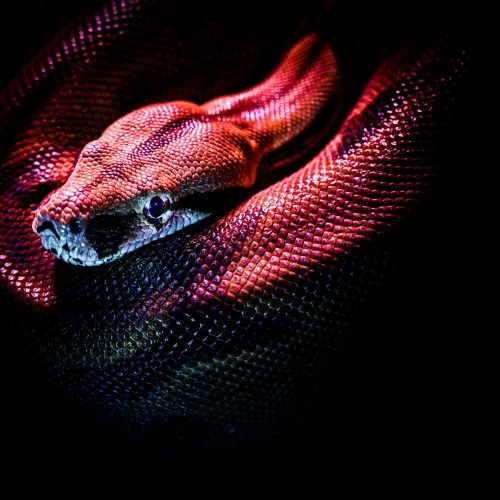
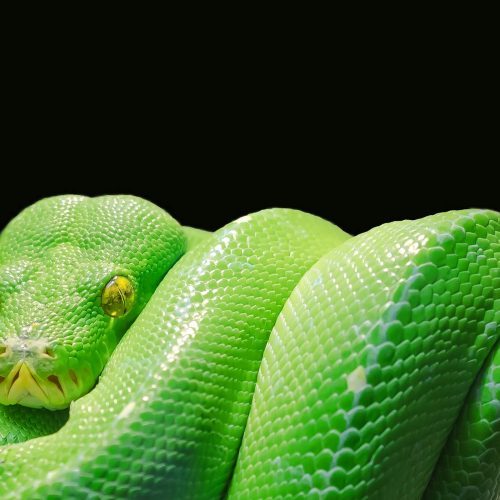
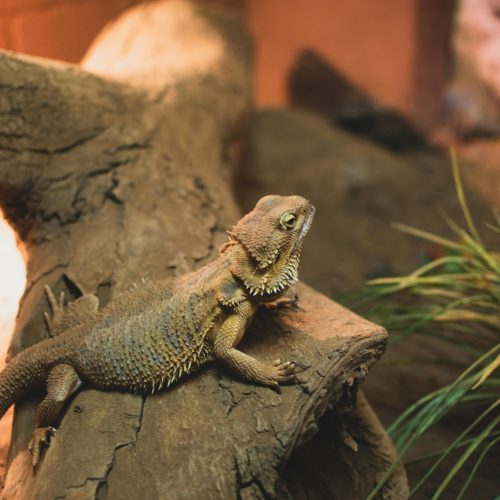
Address
215 Woodland Ave. Manchester, NH 03102


